By Molly Borchers, Sr. Communications Strategist
Public relations and business growth go together like peanut butter and jelly. The last new restaurant I tried? It was because of a good review I read in a local magazine. The last lip-gloss I purchased was the darling of Allure beauty editors. The last business software I evaluated wasn’t because of some advertisement. It was through word of mouth. And as we often say at my company, PR is the ultimate word of mouth.
In fact, the famed Guy Kawasaki recently came out in support of PR as the way to get the most bang for your marketing buck:
“Brands are built on what people are saying about you, not what you’re saying about yourself. People say good things about you when (a) you have a great product and (b) you get people to spread the word about it.”
But despite this advice, I know of many companies who would rather devote their entire marketing budget to advertising. For marketing people, advertising is easier to wrap their hands around. Leads and quantifiable metrics, like click-through-rates and page views, often make marketing people look good in front of their bosses. In advertising, you can often see directly how people are moving through the funnel. With public relations, it’s a bit less tangible.
To further complicate things, actually measuring  the return-on-investment (ROI) in PR is a seemingly herculean task. I hate to say it, but marketing directors and PR folks seem conflicted on measurement. Some are (still) using the antiquated Advertising Value Equivalency (AVE) metric. Others come up with statistical correlations that are tailored to each client’s needs. Some are adopting the Barcelona Declaration of Measurement Principles. Others are measuring tactics like reach and number of placements, rather than outcomes (like increase in sales or website conversions).
the return-on-investment (ROI) in PR is a seemingly herculean task. I hate to say it, but marketing directors and PR folks seem conflicted on measurement. Some are (still) using the antiquated Advertising Value Equivalency (AVE) metric. Others come up with statistical correlations that are tailored to each client’s needs. Some are adopting the Barcelona Declaration of Measurement Principles. Others are measuring tactics like reach and number of placements, rather than outcomes (like increase in sales or website conversions).
So, to help you better advocate for a slice of the marketing pie, I have asked five experts to provide their best practices on PR measurement.
In the beginning, ask “Why?”: Shonali Burke (@shonali), ABC, president and CEO of Shonali Burke Consulting, Inc. knows a thing or two about measurement. She is Adjunct Faculty at Johns Hopkins’ M.A. in Communication program, founder and curator of the #measurePR hashtag and Twitter chat, and owner of the popular blog/community, Waxing UnLyrical. To start, Shonali says that one of the most important questions to ask when trying to figure out how to measure the success (or failure) of your campaign or initiative is, “Why?” Why” are you investing time and resources into a particular campaign? What do you hope to get out of it? Ultimately, your PR efforts should support your business objectives, so don’t stop asking, “Why?” until you get there.
Agree on measurement goals upfront: Shonali says that her biggest challenge in measuring the ROI on PR is that some companies sometimes think of measurement as an afterthought. Her advice is to bring it front and center. In fact, she doesn’t sign contracts until she and her client have agreed on the measurement goals they’re working towards.
Deirdre Breakenridge (@dbreakenridge) is CEO at Pure Performance Communications, adjunct professor at New York University, and author of five books. She agrees with Shonali on setting measurement goals up-front. But she says you also need to determine in the beginning how to quantify and benchmark progress over time.
Don’t just analyze outputs – also benchmark against competition: Aaron Brown (@abrownFMPR), senior vice president at Fahlgren Mortine, says that his method of measuring share of editorial discussion resonates with his clients. This approach requires analysis against key competitors within target strategic areas in a defined set of media. So, if technology is an area of emphasis for the brand, how is it performing on technology-related topics against competitors in the most influential media outlets?
 Break down the silos: Deirdre Breakenridge likes making the connection between spikes in PR coverage, website traffic and then conversions to leads/sales, but says it’s important to work closely with other areas of marketing, web and sales to have access to data that may not be readily available. When you break down the silos you can show a more accurate picture of ROI.
Break down the silos: Deirdre Breakenridge likes making the connection between spikes in PR coverage, website traffic and then conversions to leads/sales, but says it’s important to work closely with other areas of marketing, web and sales to have access to data that may not be readily available. When you break down the silos you can show a more accurate picture of ROI.
Julie Wright (@juliewright), president of (W)right On Communications agrees with Deirdre. She thinks of PR as fitting with the flywheel concept in the book Good to Great by Jim Collins. When you are doing many things right across social media, PR, branding and more, you can achieve a better overall outcome than when you take a siloed approach to your communications.
Aaron Brown says, the best measurement approach crosses silos and accounts for earned, owned, paid and shared media. This helps to account for all of the ways target audiences engage with the brand. Failure to incorporate these areas of marketing and communications leads to a measurement report with holes.
Use social media for a two-way dialogue: Jennifer Dulles (@DStreetTweet), president of D Street PR, advocates for social media listening. Today, we can poll audiences, ask people their preferences and see where they are going. It’s a much richer world for measuring results than back in the days when we had to hire a survey research firm for pre and post-telephone surveys. When brands need to measure sentiment or gauge whether opinions changed, they can simply ask.
Give it time: Julie Wright says that moving the needle and making an impact requires a sustained commitment. However, many companies are looking for a one-time silver bullet to  achieve their communication goals. If you think of communicating with your stakeholders in the same way you think about it with your spouse, you know it is not a process that you turn on and off at will or just give it your all every once in a while. Predictable, consistent and, of course, interesting communication is the key to building trust and relationships with your audiences.
achieve their communication goals. If you think of communicating with your stakeholders in the same way you think about it with your spouse, you know it is not a process that you turn on and off at will or just give it your all every once in a while. Predictable, consistent and, of course, interesting communication is the key to building trust and relationships with your audiences.
Ultimately, in our data driven world, it’s a challenge to show dollar-for-dollar the value of public relations. But PR does have its benefits, even if we struggle to explain them. Julie Wright said the best measurement tool she ever had was a line out the door at her client’s store after an article hit on their product. How’s that for value?
Originally posted on Huffington Post.

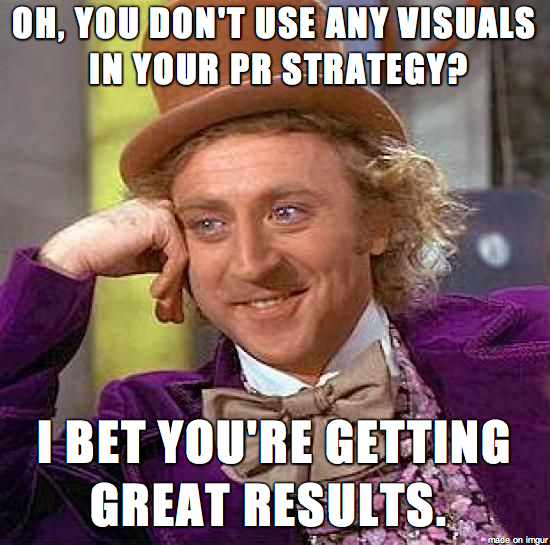
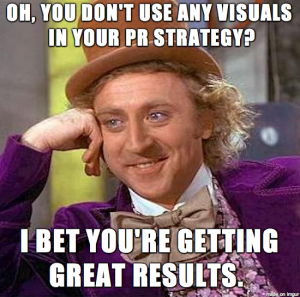
 Pinterest is especially great since a pin can link directly back to a website. If you pin a PDF of your fresh press release and put some compelling preview text in the description, your audience will not only want to read that particular release, they’ll be taken to your news room, blog, etc. and likely read many more. And check out your team. And explore your website.
Pinterest is especially great since a pin can link directly back to a website. If you pin a PDF of your fresh press release and put some compelling preview text in the description, your audience will not only want to read that particular release, they’ll be taken to your news room, blog, etc. and likely read many more. And check out your team. And explore your website. Instagram isn’t to be forgotten, though. Although it lacks the referral power Pinterest has (at least for now), it’s a great vehicle for furthering community relations efforts or raising awareness of your brand offerings.
Instagram isn’t to be forgotten, though. Although it lacks the referral power Pinterest has (at least for now), it’s a great vehicle for furthering community relations efforts or raising awareness of your brand offerings. into play.
into play.

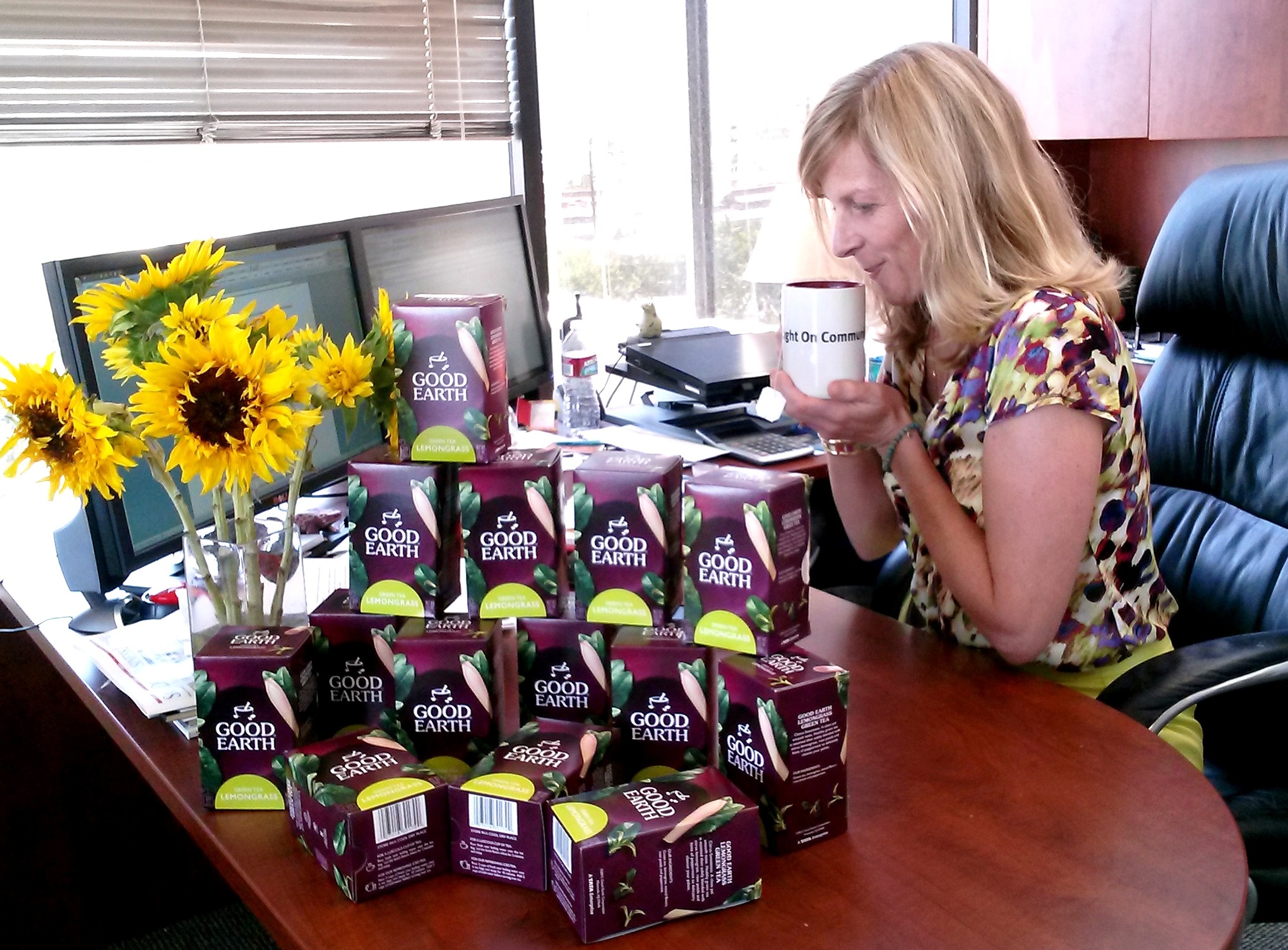
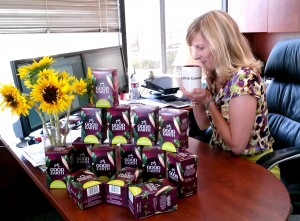
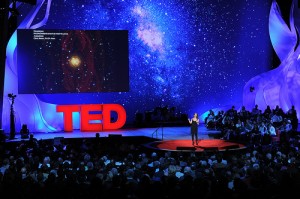
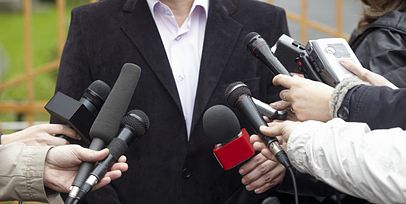



 Grant Wright
Grant Wright





 Corie Fiebiger
Corie Fiebiger
 Shae Geary
Shae Geary Roman Lukjanenko
Roman Lukjanenko Phelan Riessen
Phelan Riessen Katrina Early
Katrina Early Hamish Marshall
Hamish Marshall